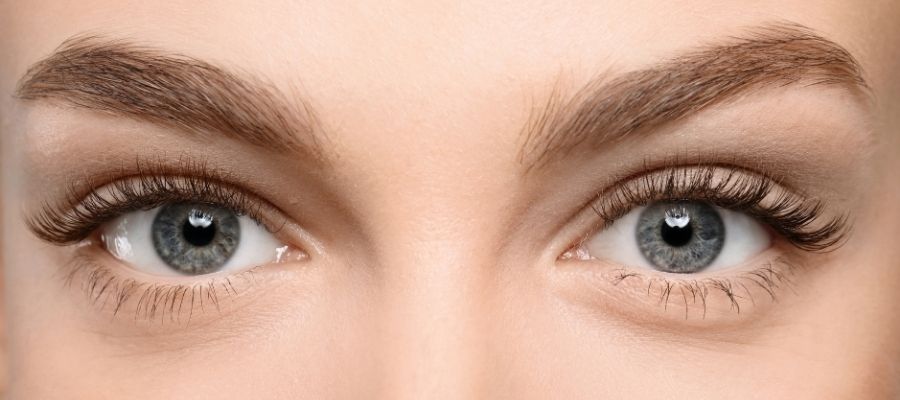Fort Walton Beach, FL
428 Mary Esther Cut Off NW Unit A,
Fort Walton Beach, FL
32548, United States
(850) 374-3595

Eyelash extensions can completely transform your look, adding depth and allure to your eyes. However, the multitude of styles available can often leave beauty enthusiasts feeling overwhelmed. In this guide, we’ll explore everything you need to know about different eyelash extension styles, how they complement different eye shapes, and how to properly care for them.
Eyelash extensions are semi-permanent fibers that are attached to your natural eyelashes to enhance the appearance of their length, fullness, and thickness. The three most common materials used for eyelash extensions are synthetic, mink, and silk, with each offering its own unique set of benefits. Mink lash extensions, for instance, are renowned for their natural, fluttery appearance, whereas synthetic lash extensions are revered for their durability and dramatic flair.
Classic lash extensions involve the application of a single extension to each natural lash. This style is perfect for those aiming for a natural eyelash extension look, adding moderate length and volume that doesn’t veer into over-the-top territory.
In contrast to classic lashes, volume lash extensions involve the application of multiple extensions to each natural lash, creating a full, dense lash line. This style is perfect for those aiming for a more glamorous, dramatic look.
A combination of classic and volume lash extensions, hybrid eyelash extensions offer the best of both worlds. They deliver a balanced, fluffy look that’s neither too natural nor too dramatic, making them ideal for virtually any occasion.
The most voluminous of all, mega-volume eyelashes are perfect for those desiring an ultra-glam, dramatic look. This style involves applying up to 16 extensions per natural lash, resulting in an incredibly dense, bold lash line.
Different eyelash extension styles can flatter different eye shapes. For instance, individuals with round eyes might opt for D-curl eyelashes, which lift and open the eyes, while those with almond-shaped eyes might prefer J-curl eyelashes, which create a subtly glamorous, elongated look.
The curl type of your lash extensions plays a significant role in your final look. J curl eyelashes offer a subtle lift and curl, whereas D curl eyelashes provide an intense, dramatic curl. Each curl type can significantly transform your appearance, so it’s crucial to discuss your desired look with your lash artist before deciding on a curl type.
While eyelash extensions can enhance your appearance, it’s crucial to understand the possible risks and necessary aftercare. Some individuals may experience allergic reactions to eyelash extensions, so a patch test is always recommended.
Moreover, maintaining your lash extensions is critical to ensure their lifespan. This includes avoiding water and steam for the first 48 hours, sleeping on your back to avoid crushing the lashes, and regularly cleaning your eyelash extensions with a lash-approved cleanser.
For those with a less-than-ideal lash situation, eyelash extension infills can help maintain a fuller look. If you decide eyelash extensions are not for you, professional eyelash extensions removal is always recommended over trying to remove them yourself.
From the natural appeal of classic lash extensions to the dramatic allure of mega-volume eyelashes, there’s an eyelash extensions style for everyone. Whether you’re drawn to the natural look of mink lash extensions or the durability of synthetic ones, the right style can enhance your natural beauty and accentuate your eyes in a way that’s uniquely you.
Eyelash extensions can be a game-changer, but they also require commitment and care. Always consult with a professional before making any decisions, and remember – your comfort and health should always come first.
Ready to transform your look with eyelash extensions? Check out our range of high-quality eyelash extension products and book a consultation today!
Related Articles:
Tips & Tricks for Eyelash Extensions
Eyelash Extensions Technique